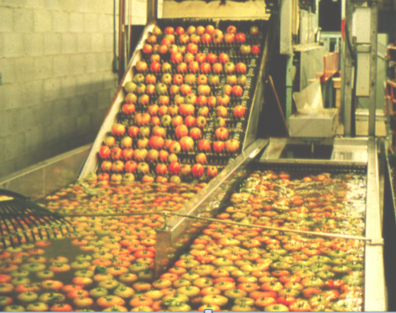A new paper in Epidemiology and Infection revisits a 2006 outbreak of Salmonella Typhimurium linked to tomatoes served at various restaurants that sickened 190 — even a Canadian.
The authors write that “in response to the outbreak, the grower/packer made improvements in good agricultural and manufacturing practices relating to the packing house and contracted a third-party auditor to improve food-safety practices based on customer request.’’
 Do auditors improve food safety practices or just evaluate?
Do auditors improve food safety practices or just evaluate?
Abstract below:
Multiple salmonellosis outbreaks have been linked to contaminated tomatoes. We investigated a multistate outbreak of Salmonella Typhimurium infections among 190 cases. For hypothesis generation, review of patients’ food histories from four restaurant-associated clusters in four states revealed that large tomatoes were the only common food consumed by patients.
Two case-control studies were conducted to identify food exposures associated with infections. In a study conducted in nine states illness was significantly associated with eating raw, large, round tomatoes in a restaurant [matched odds ratio (mOR) 3·1, 95% confidence interval (CI) 1·3–7·3]. In a Minnesota study, illness was associated with tomatoes eaten at a restaurant (OR 6·3, mid-P 95% CI 1·05–50·4,P=0·046).
State, local and federal regulatory officials traced the source of tomatoes to Ohio tomato fields, a growing area not previously identified in past tomato-associated outbreaks. Because tomatoes are commonly eaten raw, prevention of tomato contamination should include interventions on the farm, during packing, and at restaurants.
Epidemiology and Infection, FirstView Article : pp 1-9
C. Barton Behravesh, D. Blaney, C. Medus, S. A. Bidol, Q. Phan, S. Soliva, E. R. Daly, K. Smith, B. Miller, T. Taylor Jr., T. Nguyen, C. Perry, T. A. Hill, N. Fogg, A. Kleiza, D. Moorhead, S. Al-Khaldi, C. Braden and M. F. Lynch
